Spartan world champ Robert Killian's obstacle course racing training plan
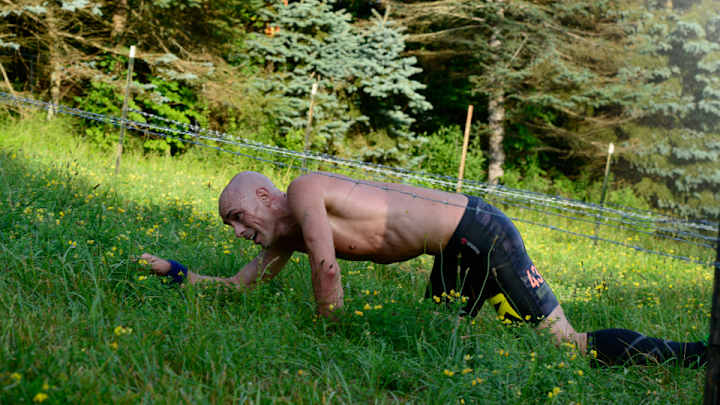
Robert Killian keeps 70-pound sandbags in his garage, for carrying on his chest. He walks in circles lugging two 50-pound dumbbells and tosses spears between interval runs. Killian, a U.S. Army Green Beret (currently of the Colorado National Guard) and 2015 Spartan Race world champion, trains specifically for obstacle course racing (OCR), a key component of taking the former collegiate track athlete beyond the rubber.
While Killian ran the steeplechase at The Citadel and has completed marathons, triathlons and Ironmans, the world of obstacles surrounded him for different reasons. During U.S. Army Ranger qualification, navigating terrain and obstacles was the norm. Killian was soon selected to compete with Army teams, including an orienteering challenge in Austria.
“I had no idea what OCR was about or what Spartan was about,” Killian says. “I did my research online, checked out the rules and obstacles and then went out to experience it for the first time during a training race in Breckenridge [Colorado].” Four races later and Killian was a world champion, both individually and as part of the U.S. Army Team.
“I am absolutely enjoying it,” he says. “Coming from Ironman, triathlon and running races, the atmosphere you get at those are completely different from OCR. People are supportive, out there to help each other out and complete a goal.”
• 12 tips for finishing a Spartan race from top SGX-certified trainers
That goal can prove difficult, whether adapting to the terrain, muddy course or strength-sapping obstacles. “It is a grueling race through knee-high mud and you have to pick up and carry your weight and throw sandbags of 50 pounds on your back and go up a hill,” he says. “It is a huge test of all aspects of fitness, but at the same time a lot of fun. I’ve done a lot of races, but this is the one I get most excited for.”
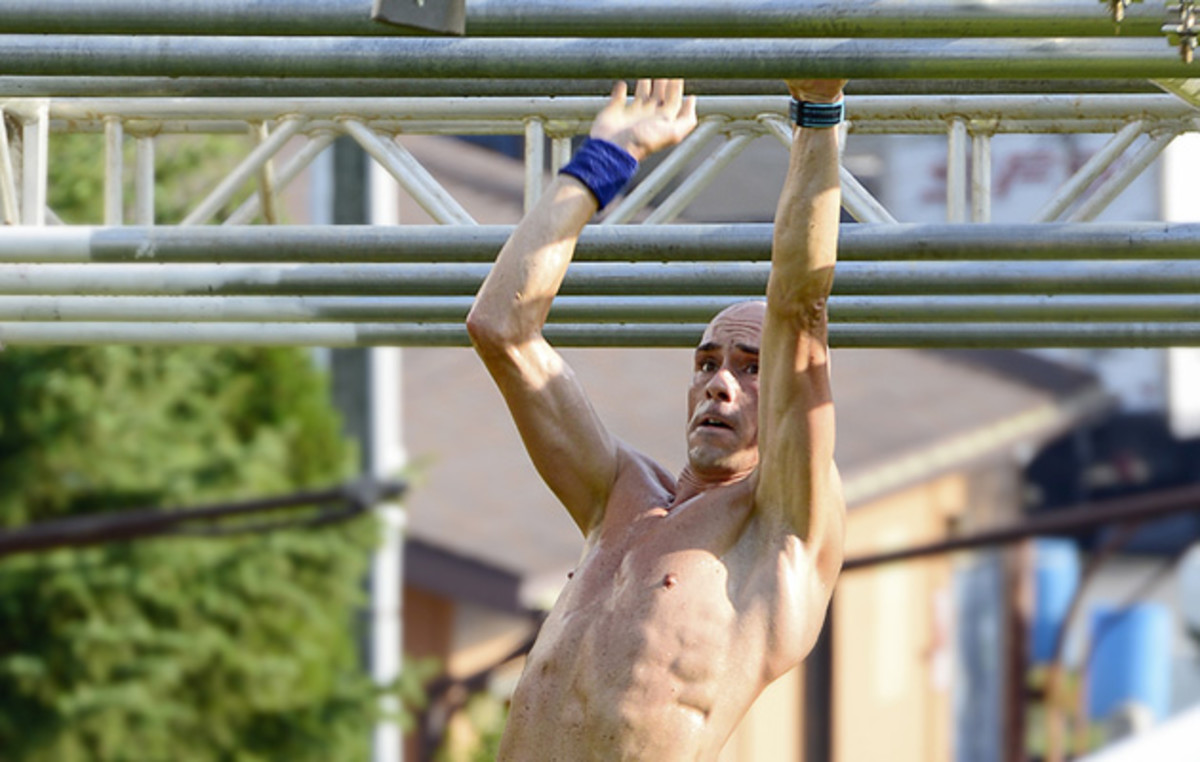
Killian approaches his training by setting a final goal, an “A” race. This year, it is the World Championships in Lake Tahoe in October. From there, he backs up his training, looking for other races to fill in, sorting in the five-race U.S. National Championship series and others. “I have a couple of favorites where I want to peak and the others I train through,” he says.
Preparing requires taking the combination of everything he’s learned from past sports and military events to balance the need to improve speed, strength and endurance. Killian trains five days each week, adding in a recovery day for a sixth day of workouts and then a complete off day, noting that a recovery day still has active sessions, just less intense than a typical training day. “It is important to do both, not just recover by still working out, but taking a day [fully off],” he says.
• Summertime Sweat: Get fit with this stand-up paddleboarding workout
A normal week of workouts incorporates two strength days, two speed workouts and four endurance workouts. For speed, he starts his mile-and-a-half warmup with a 16-pound weight vest on. “The feeling of carrying extra weight helps me go nice and slow,” he says.
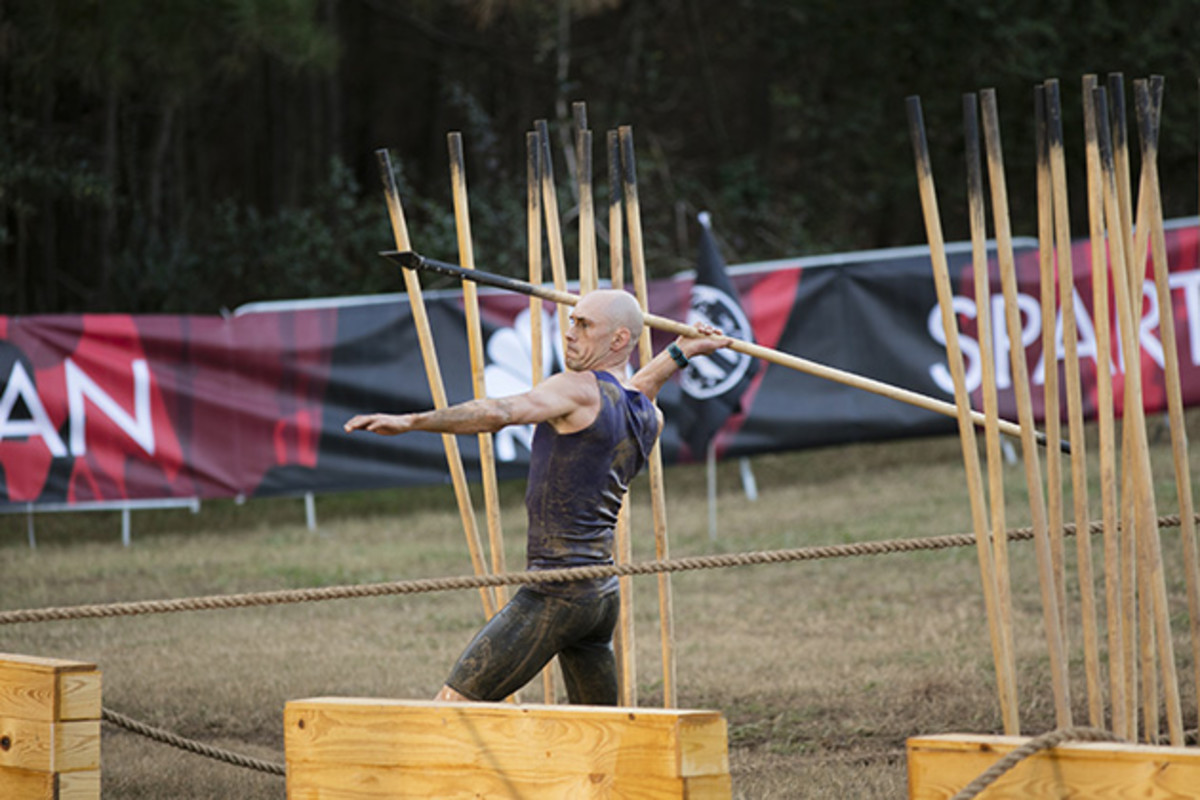
After the weight vest comes interval training, which he does on grass to emulate Spartan Race terrain. His intervals start with a 400m run that leads directly into throwing three spears under race-like conditions. If he misses a spear throw, he forces himself to drop into 30 burpees, which makes the 1:15 pace on the 800m sprint all that more difficult. If he fails his time goals: more burpees. After the 800m, he heads back to the spears and then completes another 400m. Expect two rounds of that with a lap of cool down and then a sandbag workout to help build strength.
Endurance training—he says living at altitude in Colorado is key, since so many of the Spartan races are run at high-elevation ski resorts—takes place on mountain trails. “Those are things you need to focus on to be good at OCR,” he says. “Terrain.” With loose rocks, gravel, mud and more, he says difficult terrain not only allows you to test out your equipment (shoes, for example, that offer support but also expel water quickly) and your grit. “It doesn’t become a fast speed race; it is an endurance challenge,” he says. “It is a mental challenge. You have to push through those obstacles.”
• Cricks and cracks: Why back injuries are on the rise in MLB
Strength days include the biggest of the muscle groups with plenty of traditional lifts—Killian puts a focus on dead weight, such as dead lifts. But he knows the importance of a grip-strength focus, whether for the Olympic rings, baseball grips or ropes sprinkled throughout the Spartan courses. He does plenty of practicing with heavy buckets and sandbags held on his chest. “You are holding them with your hands and not allowed to use your shoulders,” he says. “Seventy pounds—you’ll feel burning.”
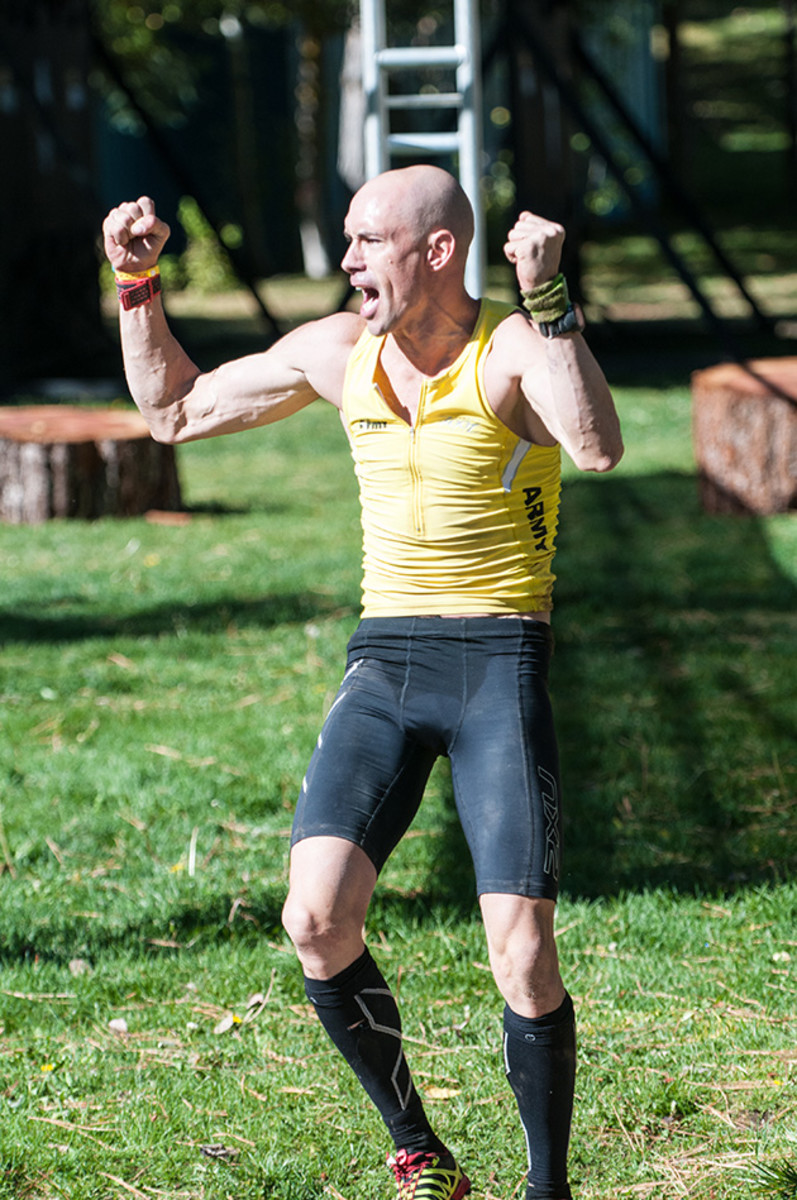
The carrying of 50-pound dumbbells helps too. “Just walk in a circle carrying dead weight and that will build your grip strength quite rapidly,” he says. He does laps, reducing weight as he goes, improving his grip while exhausting his forearms. But it all pays off on the course.
No matter the style of training, Killian knows he must incorporate obstacles into the workout when he’s already tired. “The strength training is where you build muscles to do obstacles, but doing them builds the technique,” he says. He’s big on efficiency of movement, studying each obstacle and having a plan before he approaches it to not lose momentum and gives himself “one or two beats or more” over his competitors.
As an Ascent protein-sponsored pro, Killian has access to plenty of protein and says that within 30 minutes of a workout he’s making a shake—he’s partial to vanilla bean. Beyond the shakes, though, Killian doesn’t rely on just supplements and says nutrition is an aspect of training and racing that people don’t take seriously enough.
• Ultra-runner Scott Jurek's interval training tips for the everyday athlete
“It is a huge thing I took away from Ironman,” he says. “You have to be spot-on with nutrition. You train with the same stuff you race with. I’ve won and lost races with nutrition.”
Starting with a focus on hydration, which also helps with workout recovery and building muscles after a workout, Killian keeps a keen eye on “really good food.” From squash, rice, asparagus and salmon, Killian says his wife does a great job helping keep him stocked with high-nutrient food. He relies on white meats, maybe mixing in a good red-meat steak only on the weekend.
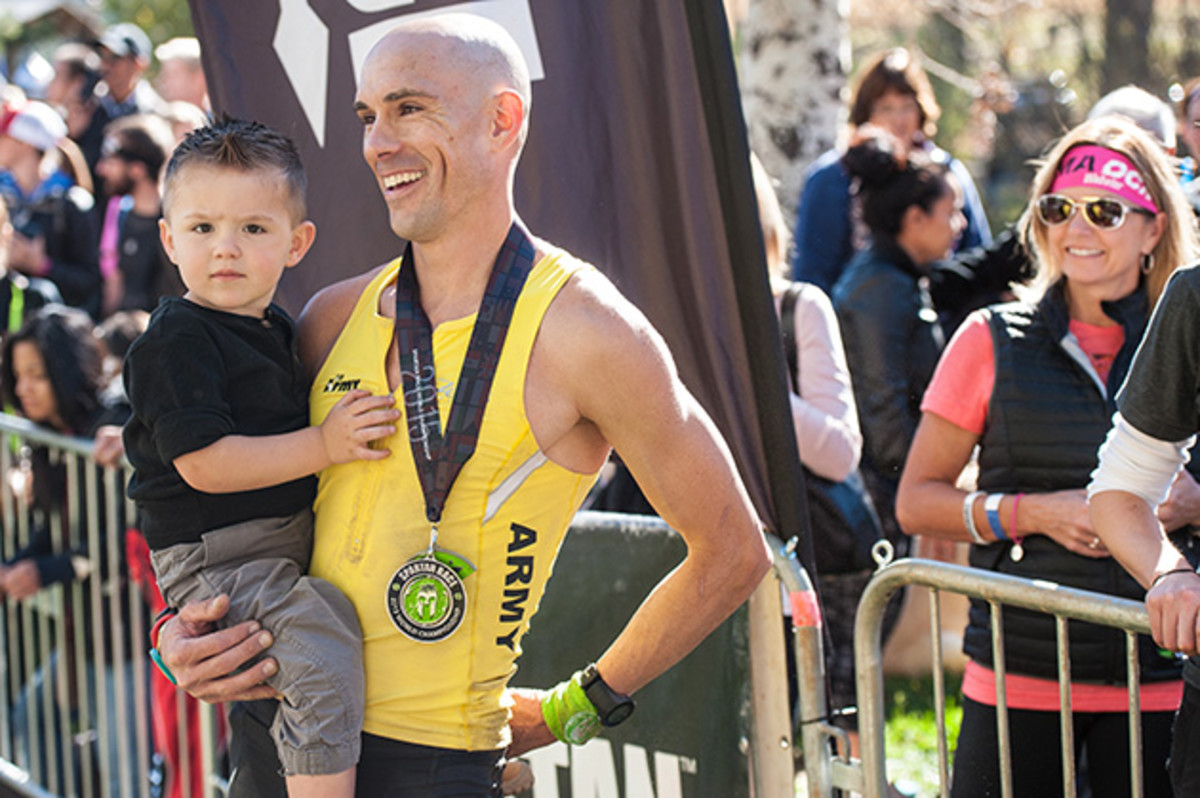
For the most part, Killian sticks to the nutrition basics, adding in vegetables and carbohydrates with his meats. “When I don’t have that available, that is where I incorporate supplements and protein powder,” he says.
When you’re one of the fastest runners in the world—flying up mountain trails over obstacle walls with weighted buckets in tow—the level of attention to preparation proves instrumental. And requires sandbags in your garage.
Tim Newcomb covers sports aesthetics—stadiums to sneakers—and training for Sports Illustrated. Follow him on Twitter at @tdnewcomb.
